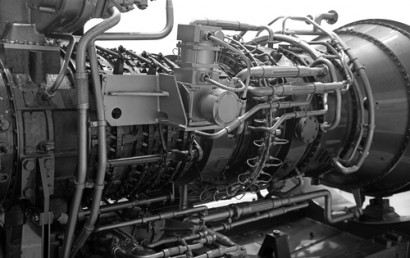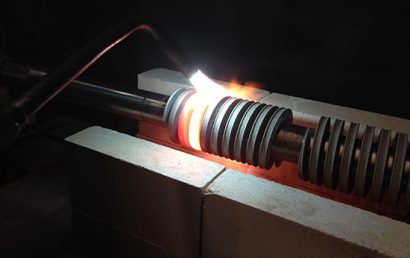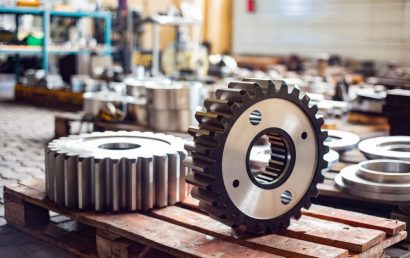Reasons to Replace Hard Chrome Plating
When it comes to hard chrome electroplating, defects must be identified so that they can be addressed before they result in structural deficiencies or malfunctions in industrial equipment. Chrome plating of low quality can result in many difficulties. Thus, the process of detailed troubleshooting for hard chrome plating is essential. In this guide, we would like to tell you about the various reasons for which low-quality chrome plating is a very serious issue and why it is so important to periodically replace hard chrome plating.
Oxidation of the Underlying Metal
One of the main reasons for which chrome plating is applied is to prevent the metal underneath from being oxidized. However, what happens in the event that the metal starts entering the chemical process of oxidation prior to receiving its chrome plating? If substances like rust start to form on the surface of the metal before the chrome plating process is finished, the chrome plating might not bond correctly to the metal. Alternatively, there might be some initial adherence, followed by detachment from the metal. It is very important to apply the chrome plating as quickly as possible—before water or air are able to chemically react with the metal—so that the oxidation of the metal can be avoided.
Blistering of the Chrome Plating
The process of blistering happens when gaseous substances, typically nitrogen or hydrogen, expand from the inside of the plated object and through its pores. These types of gas typically originate from the lubricative substances that are applied to the die in the manufacturing process. When the chrome-plated object becomes heated to a certain extent, the gases will expand in the direction of its surface and exert a force against the chrome plating, and this will result in a visible blister or bubble. A blister that is severe enough may also cause the chrome plating to come off the surface entirely.
Burned Deposits
Burned deposits normally appear within the regions of the highest current density, frequently showing up near irregular shapes or endpieces. Excessively high current density would mean that the plating accumulates at an extremely fast rate. When the chrome plating starts to accumulate in this manner, the regions that are affected may burn.
Poor Adhesion of the Chrome Plating to the Underlying Metal
Poor adhesion of chrome plating is what happens when the chrome plating does not adhere to the underlying metal base, and this is one of the most frequently cited reasons for which part failure happens in chrome-plated metal parts. Poor adhesion is typically the result of a dirty surface of a metallic substance; the chrome plating is not capable of sticking to debris or dust. Poor adhesion also happens when the surface of the metal holds oxides, alloying agents, dye-releasing substances, or oils. It can also occur when the pre-treating agent reaches its date of expiration before the chrome plating is applied. Making sure that metallic surfaces are clean before the process of chrome plating is initiated will help to make the adhesion process much more effective and long-lasting.



